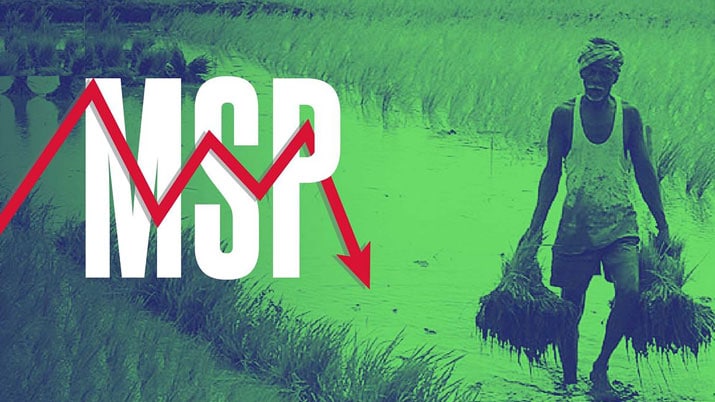India, the land of diversity has a richly diverse culture in agriculture as well and the roots of the history of agriculture lie far deep from the 9000 BCE. India is the second-largest producer of wheat and rice, the world’s major food staples. India is currently the world’s second-largest producer of several dry fruits, agriculture-based textile raw materials, roots and tuber crops, pulses, farmed fish, eggs, coconut, sugarcane, and numerous vegetables. Farmers make up 60 percent of the Indian population; farming 18 percent of the country’s gross domestic product. Marginal farmers comprise 85 percent of the total population of farmers. The Minimum Support Price (MSP) is an agricultural product price, set by the Government of India Though not enforceable by law. By definition, this rate is to safeguard the farmer to a minimum profit for the harvest, if the open market has a lesser price than the cost incurred. The government recently legislated three laws — the Farmers’ Produce Trade and Commerce (Promotion and Facilitation) Act, 2020 aims to dismantle the existing trade and distribution monopoly, which is enjoyed by the Food Corporation of India (FCI) and the Agricultural Produce Market (APMC). This Act will allow farmers to sell outside of their designated districts APMC, thereby advancing their interaction with the market directly.
The second is the Farmers (Empowerment and Protection) Agreement of Price Assurance and Farm Services Bill, which focuses on creating avenues for farmers to engage in contract farming through verbal or written contracts. This bill paves the way for farmers to access national and corporate markets.
The last is an amendment to the Essential Commodities Act, 1955, according to which, cereals, pulses, oilseeds, edible oils, onions, and potatoes have been deregulated.
The government has argued that these laws are aimed at shifting the terms in favor of farmers by getting rid of unscrupulous middlemen and vested interests that distorted markets.
Farmers fear that the new laws would usher in big corporate groups into agriculture produce markets. This could create monopolies, allowing them to fix prices at low levels, hurting farmers. At the core of the protests is the fear among farmers that they will lose their bargaining power if large corporations and private traders can enter unregulated agriculture produce markets. Although the government is trying to safeguard the rights of farmers by implementing the farm acts, the agitated farmer crowds are protesting by blocking roads causing heavy traffic jams, chaotic tractor rallies, and encompassing themselves in laathi charges with the police. The death toll has been increasing and many innocent lives are at stake.
Together, the three bills aspire to liberalize and deregulate the market for the agrarian sector. The bills bring long-awaited reform to a key segment of the Indian economy.


